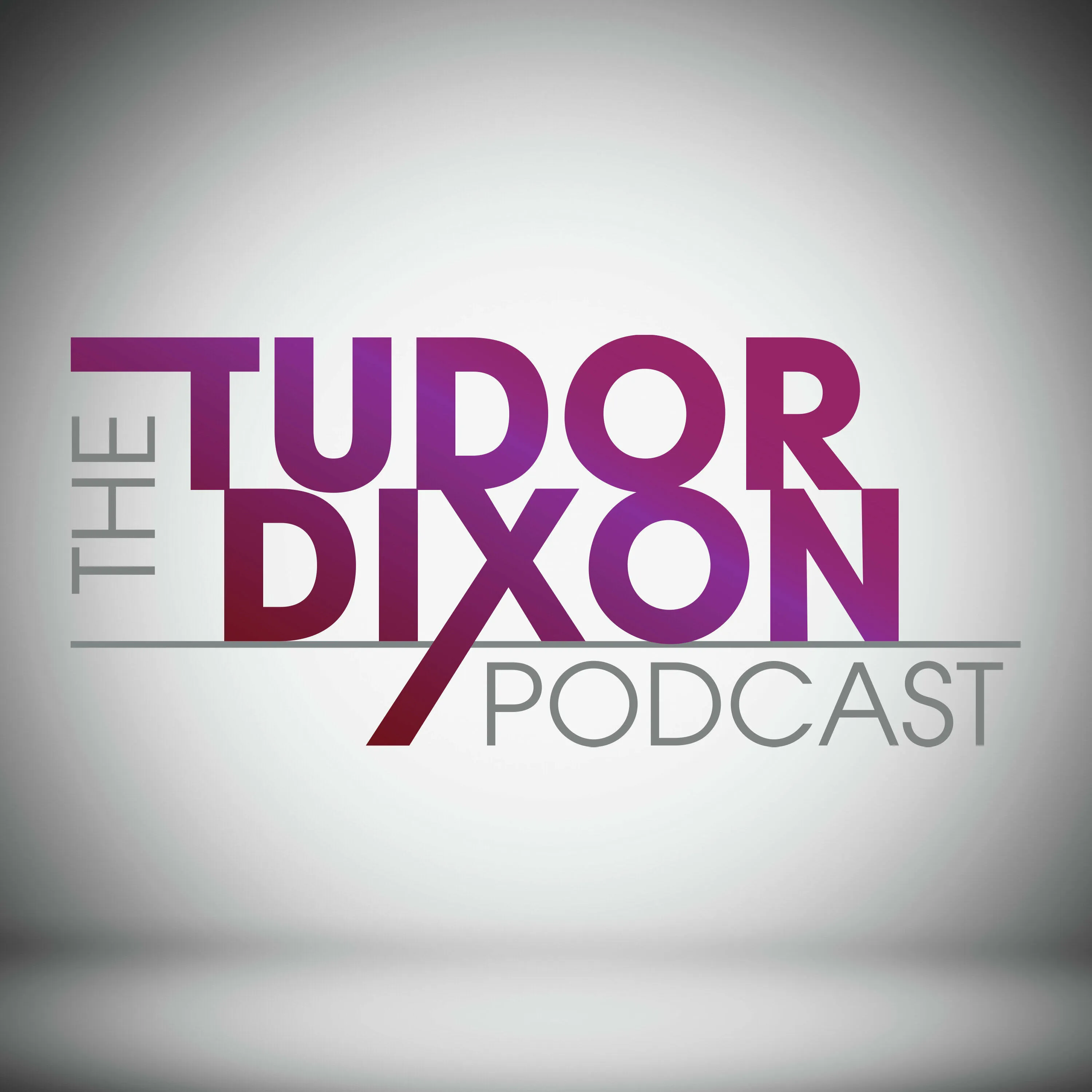Top 7 Tips for Diecast Podcast Collectors
The world of diecast collecting is vast and exciting, and a diecast podcast can be an amazing way to connect with other enthusiasts, share your passion, and delve deeper into the hobby. But with so much competition, how do you make your podcast stand out and become a valuable resource for other collectors? This guide provides seven essential tips to help you create a successful and engaging diecast podcast, from finding your niche to monetizing your content. Whether you’re a seasoned collector or just starting, these tips will provide you with the tools you need to thrive in the world of diecast podcasting.
Tip 1 Find Your Niche
One of the first keys to success for your diecast podcast is to find a niche. Instead of trying to cover everything, specialize in a specific area of diecast collecting. This will help you attract a more focused audience, make it easier to create consistent content, and position yourself as an expert. For example, focus on a particular scale (like 1:18 or 1:64), a specific brand (such as Hot Wheels or Minichamps), or a certain type of vehicle (classic cars, race cars, or military vehicles). A niche will also help you stand out from other podcasts. The more specific you are, the more likely you are to attract a dedicated audience. Remember, quality over quantity is the rule.
Define Your Target Audience
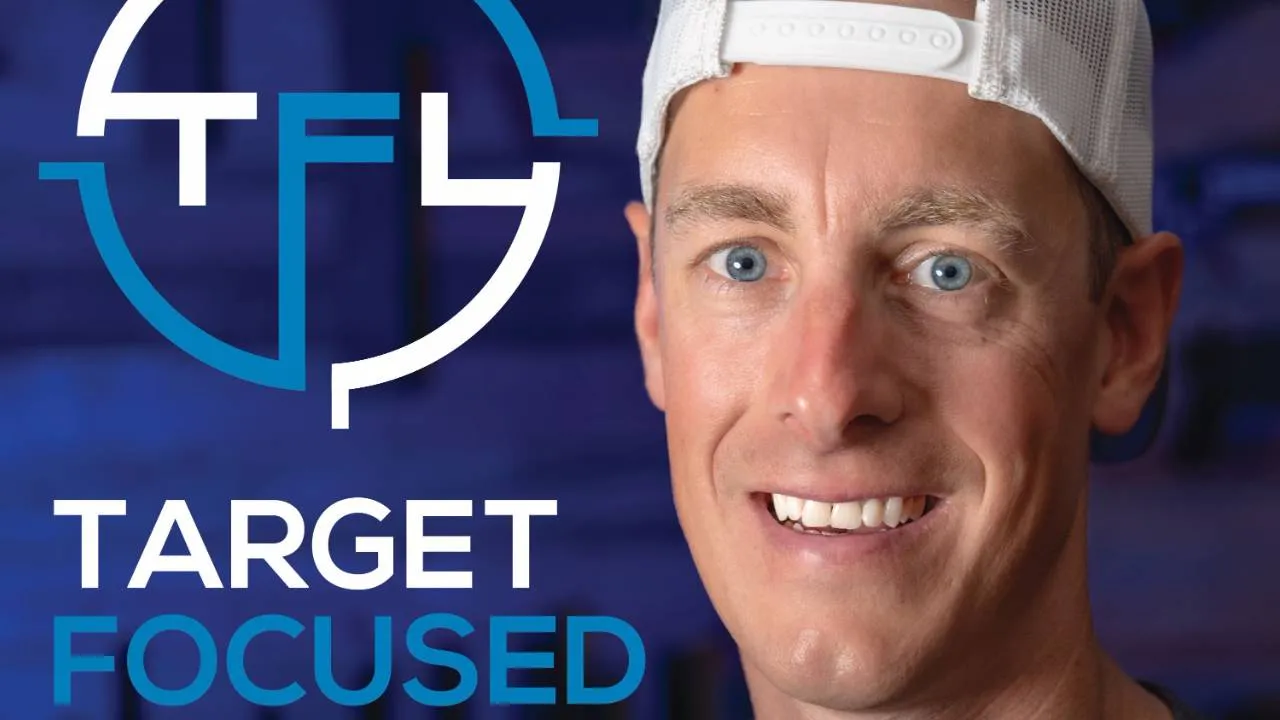
Once you’ve chosen your niche, define your target audience. Who are you trying to reach? Are you targeting experienced collectors, beginners, or a mix of both? Understanding your audience’s interests, level of knowledge, and collecting goals will inform your content strategy. Consider their age group, their budget for collecting, and the types of diecast models they are most interested in. Tailor your language, topics, and guest selections to match your audience’s preferences, and you will be well on your way to building a loyal listenership. Consider how the target audience consumes media. Are they primarily on YouTube, or do they listen to podcasts on their daily commute?
Choose a Specific Diecast Scale or Brand
Within your overall niche, further narrow your focus. This could mean specializing in a particular diecast scale, such as 1:18, 1:43, or 1:64, which will attract collectors with a specific interest in the associated detail levels and display options. Alternatively, concentrate on a specific brand, like Hot Wheels, Matchbox, or a premium manufacturer like Autoart. These brands have passionate fan bases. By focusing on a specific scale or brand, you’ll be able to tailor your content to a dedicated audience. This focused approach will set your podcast apart and make it a go-to resource for collectors interested in your area of expertise. It also makes it easier to generate ideas for content.
Tip 2 Invest in Quality Audio Equipment
Nothing will drive listeners away faster than poor audio quality. Invest in a decent microphone, headphones, and an audio interface or mixer. The quality of your audio is crucial for retaining listeners and building a professional reputation. While you don’t need to break the bank, a good microphone will make a significant difference in clarity and overall listening experience. Poor audio can make even the most interesting content unlistenable. The listener should be able to understand what the speakers are saying. So, choosing the right equipment, and learning to use it, is one of the most important elements of a successful podcast.
Microphone Selection
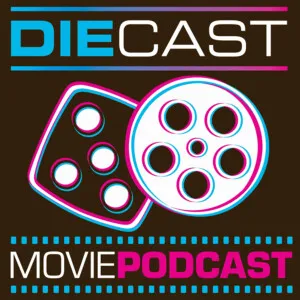
Choose a quality microphone. There are two main types of microphones: dynamic and condenser. Dynamic microphones are more rugged and less sensitive, making them ideal for recording in environments with background noise. Condenser microphones are more sensitive and capture a wider range of frequencies, providing higher fidelity. A USB microphone is a good starting point, as it’s easy to set up and use. Consider a cardioid microphone, which is designed to pick up sound from the front while rejecting sound from the sides and back, helping to reduce background noise. Test the microphone and see how the audio sounds. Experiment with different microphones to see what works best for your voice and recording environment.
Headphones and Pop Filters
High-quality headphones are essential for monitoring your audio and ensuring that your recordings sound great. Closed-back headphones are best for podcasting, as they prevent sound from leaking into your microphone and help you focus on the recording. A pop filter is a must-have accessory for any podcaster. It reduces plosives (the harsh “p” and “b” sounds) and helps to improve the clarity of your voice. Consider a foam windscreen or a pop filter. Both will improve the sound of your recordings. Place the pop filter in front of your microphone to reduce unwanted noises from your mouth.
Audio Interface or Mixer
An audio interface or mixer can significantly improve your podcast’s audio quality. An audio interface connects your microphone to your computer and provides preamps, which boost the signal from your microphone. A mixer allows you to connect multiple microphones and other audio sources. Choose the appropriate interface based on your needs. Audio interfaces offer better sound quality than using the microphone directly to your computer. With a mixer, you can manage multiple audio sources and have more control over the sound. These tools help to create a more professional sound and a better listening experience for your audience.
Tip 3 Plan and Structure Your Episodes
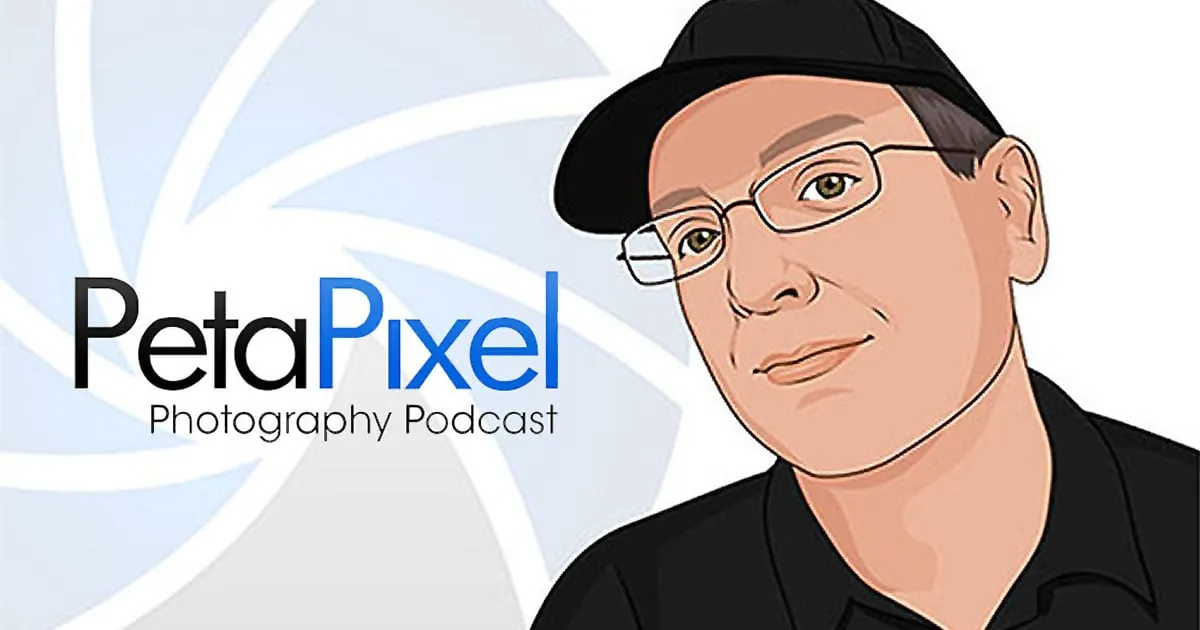
Listeners appreciate a well-structured podcast. Before you start recording, create an episode outline and stick to it. This will ensure that your content is organized, easy to follow, and stays on track. Think of it like a roadmap. A well-planned podcast shows that you respect your audience’s time and that you have a clear idea of what you want to share. This also helps to make sure that you’re covering all the relevant points in a logical order. Without planning, you may end up rambling, losing your listeners’ interest. A structured approach makes the episode more professional.
Create an Episode Outline
Start by identifying the main topics you want to cover in each episode. Then, break those topics down into subtopics. Use a simple format. Include an introduction, main discussion points, and a conclusion. Consider using a consistent format for each episode, like a news segment, a featured model review, and an interview. This will make it easier for your listeners to know what to expect and to follow along. Having a plan will keep you on track and allow you to cover all the important points. Remember to keep it concise. No one wants to listen to a rambling show.
Write a Script or Talking Points
Writing a script or, at the very least, detailed talking points, can help you stay focused and avoid rambling. A script is especially useful if you’re interviewing someone, as it allows you to prepare questions in advance and keep the conversation flowing. But, it is best not to read verbatim from the script. Talking points allow for a more natural conversation while still keeping you on track. You can use the outline as a base to get started, and then use these points to develop more detailed notes or even full scripts. Make sure to leave room for improvisation and discussion. Good preparation will improve your ability to communicate the information more effectively.
Tip 4 Master the Art of Interviewing
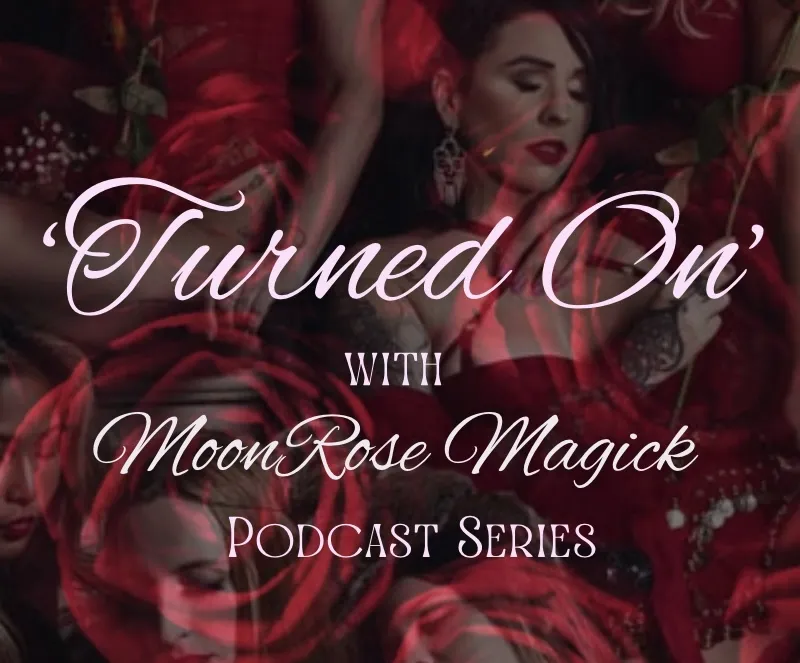
If you plan to interview guests on your diecast podcast, practice your interviewing skills. A good interviewer can extract interesting information and keep the conversation engaging. Being a good interviewer can be one of the most enjoyable parts of podcasting. Your ability to interview guests is crucial to a successful podcast. Great interviews will attract listeners and keep them coming back. Remember, this will also allow you to tap into the experience and knowledge of other collectors, as well as industry experts, and create more interesting and diverse content.
Research Your Guests
Before each interview, research your guest thoroughly. Find out about their background, their collecting interests, and any interesting stories they can share. This will allow you to ask more insightful questions and make the conversation more engaging. The research is not just about the person, but also about their expertise. This shows your guest that you respect their time and that you are genuinely interested in what they have to say. A little bit of research can go a long way in making an interview interesting. You could also ask the guest to share something about themselves before the interview.
Prepare Engaging Questions
Prepare a list of open-ended questions designed to encourage your guest to share their thoughts and experiences. Avoid questions that can be answered with a simple “yes” or “no”. Instead, ask questions that prompt them to elaborate and provide detailed answers. Try to include questions that will reveal their background, collecting history, or any interesting anecdotes they might have. Use a mix of questions, including some prepared in advance, as well as some that are spontaneous. This will make the interview more lively and engaging, and also create a more natural feeling. This will make your interview more interesting.
Active Listening and Follow-Up
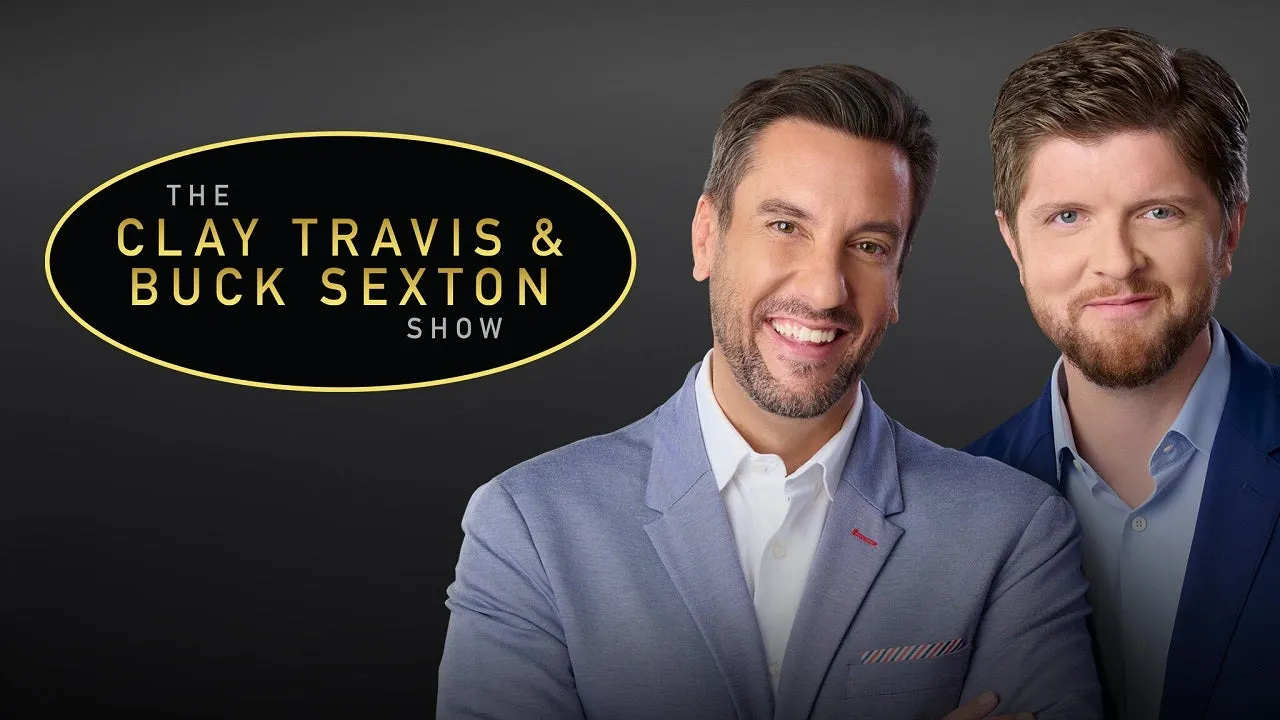
During the interview, listen actively to your guest’s responses. Pay attention to both what they say and how they say it. This will help you to identify interesting tangents and follow-up questions. Don’t be afraid to ask clarifying questions. A good interviewer listens more than they talk, and they use the guest’s responses to guide the conversation. Active listening is a vital skill. Follow-up questions will show that you are engaged and genuinely interested in the conversation. This can help you to have a deeper understanding and to get the most out of your guest.
Tip 5 Promote Your Diecast Podcast
No matter how good your podcast is, it won’t be successful if nobody knows about it. Promote your podcast on social media, podcast directories, and other relevant platforms. Make sure your podcast is discoverable. This can include adding it to all podcast directories and asking listeners to leave reviews. Marketing your podcast is just as important as creating the content. You could have a great podcast but no one knows about it. Promotion is crucial to attracting new listeners. With a good strategy, you will be on your way to success.
Social Media Marketing
Use social media platforms like Facebook, Instagram, Twitter, and YouTube to promote your podcast. Share clips of your episodes, behind-the-scenes content, and engage with your followers. Consider using relevant hashtags to increase visibility. Social media is a powerful tool for promoting your podcast and building a community. Share links to your episodes, and post eye-catching images. Try to engage with other collectors and podcasters and get their input. This will help you to reach a wider audience and build a loyal following. A consistent presence on social media will keep your audience engaged and help you reach new listeners.
Podcast Directories and Submissions
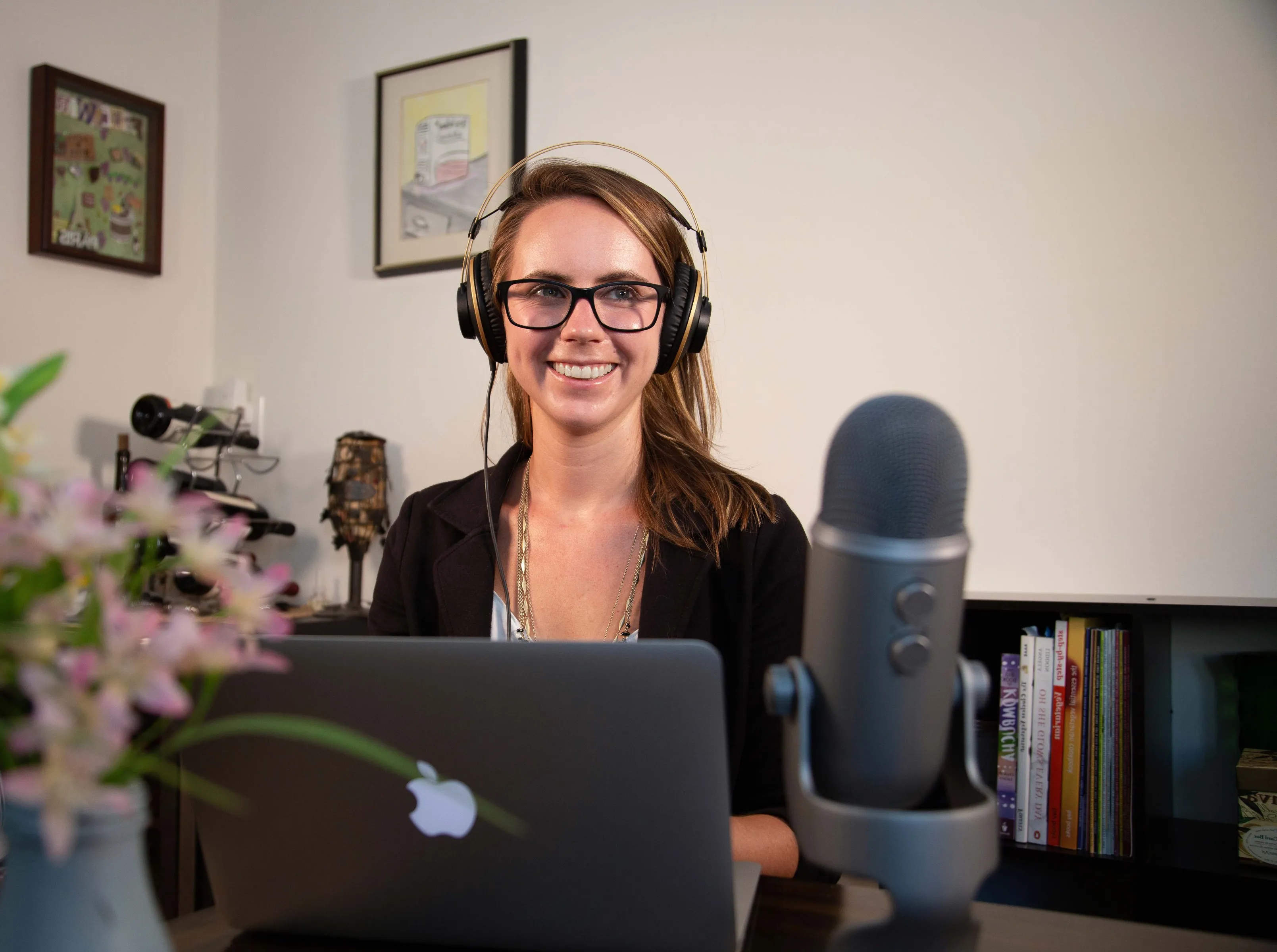
Submit your podcast to major podcast directories like Apple Podcasts, Spotify, Google Podcasts, and others. These platforms are where many listeners discover new podcasts. Make sure your podcast is listed in all the major directories. Submit your podcast to these platforms, as it is an important step to make it discoverable to listeners. This will help you to get your podcast in front of a larger audience. Also, make sure your podcast description is accurate and keyword-rich, to increase your search visibility. Also, consider creating a website or blog to host your podcast and provide additional information for your listeners.
Collaborate with Other Podcasters
Collaborate with other podcasters in the diecast or related niches. Guest appearances on each other’s shows can expose your podcast to new audiences. Cross-promotion is a great way to reach new listeners. Reach out to other podcasters and offer to be a guest on their show. In return, you can invite them to be a guest on yours. Collaboration is a win-win. This strategy can bring exposure to your audience. The more exposure you have, the greater the chances of attracting new listeners.
Tip 6 Engage With Your Audience
Building a community around your podcast is essential for long-term success. Encourage your listeners to engage with you and each other. Create a sense of community and a platform for sharing their own collecting experiences and knowledge. Make your listeners feel valued and involved, and they’ll be more likely to become loyal fans. Interaction with your audience is essential to long-term success. You want your listeners to feel like they are part of something special. This will make your podcast more engaging and increase the chances of your audience sticking around.
Respond to Comments and Feedback
Respond to comments and feedback from your listeners. This shows that you value their input and that you are listening. Consider doing regular Q&A episodes. Take their comments, address their questions, and incorporate their suggestions into your content. This is an easy way to show your listeners that you value their opinions. Make your audience feel heard and appreciated. Consider setting up a dedicated email address. Listeners will be more likely to stick around and become loyal fans. A good relationship with your audience is important.
Host Q&A Sessions or Live Streams
Host Q&A sessions or live streams where you can interact with your listeners in real time. This allows you to answer their questions, get to know them better, and build a stronger sense of community. Hosting live events creates a more personal connection. You can use platforms like YouTube, Facebook Live, or Twitch to host these sessions. Ask the audience questions and make your show interactive. These events will help to strengthen the bond between you and your audience, and make your podcast more enjoyable.
Tip 7 Monetize Your Podcast
Once you’ve established a loyal audience, consider ways to monetize your podcast. There are many different monetization strategies you can use, from sponsorships to affiliate marketing. You want to be able to make money from your podcast. This can help you cover production costs, invest in better equipment, and even generate income. As your podcast grows, explore different monetization options to find what works best for you. Finding a good way to make money is important to the future of the podcast.
Explore Sponsorships and Advertising
Seek out sponsorships from companies or brands in the diecast industry. This could involve reading ads, including product placements, or mentioning sponsors in your episodes. Ensure that any sponsorships align with your podcast’s theme and values. Sponsorships are a common way to monetize a podcast. Find sponsors that align with your podcast’s theme. This will help your audience connect with your message. You can also try creating a rate card. You’ll need to work out the cost. Be transparent with your audience. Be upfront about sponsorships to build trust.
Consider Affiliate Marketing
Affiliate marketing involves promoting products or services and earning a commission on sales generated through your unique affiliate link. Promote diecast models, collecting supplies, or related items from reputable online retailers. Use affiliate links to track sales and earn commissions. You can promote items that relate to your podcast. Select products that your audience will value. Affiliate marketing can be a great way to generate revenue. Be transparent with your audience about your affiliate relationships. Be ethical and only promote products that you genuinely believe in.
By following these seven tips, you can create a successful and engaging diecast podcast that appeals to collectors and enthusiasts alike. Remember to find your niche, invest in quality equipment, plan your episodes, master the art of interviewing, promote your podcast, engage with your audience, and consider monetization strategies. With dedication, passion, and a commitment to quality content, you can turn your love for diecast collecting into a thriving podcast and connect with the diecast community.
